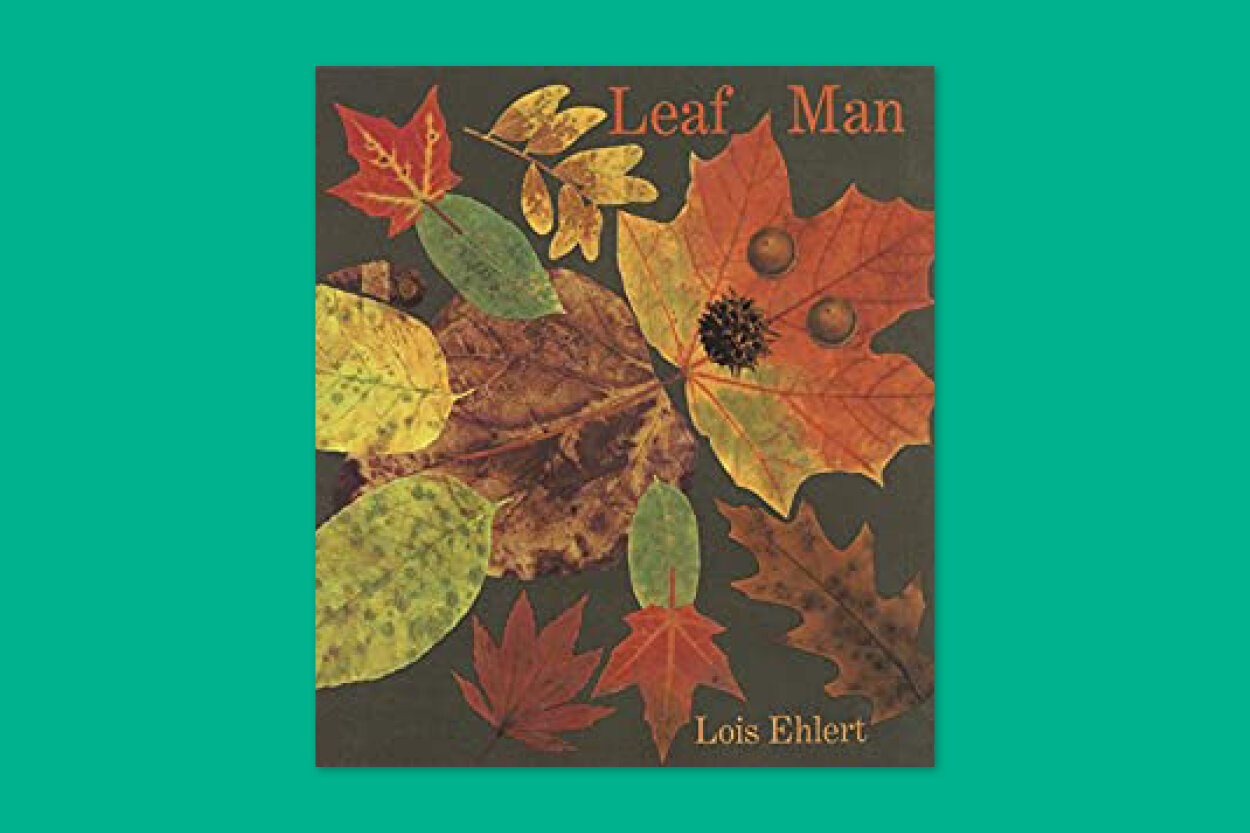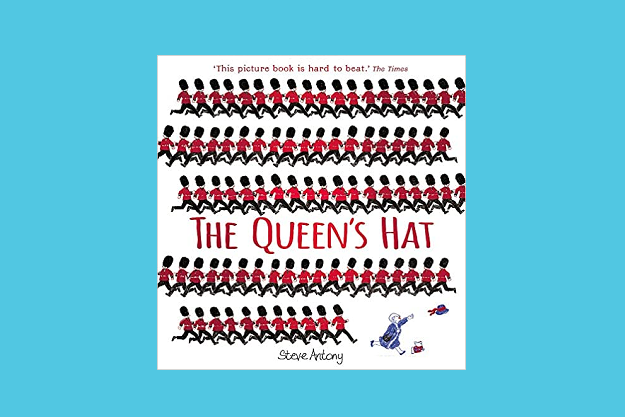Journey stories
Writing a whole story that flows logically and successfully can be extremely challenging. In this article, we consider how simple journey stories can act as models for young writers.
Our youngest writers are frequently battling with remembering how to hold their pencil, how to form their letters and how to apply their phonic knowledge to write plausible and readable words. Asking them to then construct a story consisting of an opening, build up, climax, resolution and ending (the Story Mountain), is a huge ask. It’s also an ask that I don’t think is necessary or one that leads to pleasure in writing or indeed success.
Instead, I think we need to look at the structure of the stories we use with our youngest children. We need to recognise how they are constructed and use them as models for our children to copy. Interestingly, when we do this, we often notice that stories we’ve been bashing into a Story Mountain template don’t actually fit. And when we release them from the strictures of the Story Mountain they become altogether more useful writing prompts.
Journey stories are a form of linear story. This means that they follow a simple chronological structure where each event happens in turn. Events, therefore, can be plotted on a simple timeline or on a story map. (See our Graphic Organisers for Reading resource for a timeline). Noticing story structure in this way is both a reading skill, where children build knowledge of which stories share similar structures, and a writing skill where they learn how to use underlying story structure to write their own narratives.
The chronological nature of a journey story means that events are linked with simple adverbs and adverbial phrases such as and then, next, then and after that. This makes them perfect for young writers who are just beginning to sequence their sentences to form short narratives.
The journey in a journey story can be a person’s journey from one place to another (think of Handa in Handa’s Surprise), the journey of an object (think of the hat in the Queen’s Hat) or the quest for a something such as sleep (think of Mr Bear in Peace at Last). What all of these stories have in common is a narrative where events follow in turn and end with the completion of the journey.
Journey stories are wonderful as they are - simple stories that follow a linear progression. Mastering them enables children to write successful narratives, setting them up for writing longer, more complex journeys in the form of quests and quest myths when they are older. They are then a foundation stone in writing.
Here are a few of the journey stories on the Primary English website that we have planned for.
Leaf Man by Lois Ehlert
Follow the Leaf Man as he is blown from place to place. A simple, memorable narrative for children to copy and use to write their own stories. Our set of Starting Points gives you a range of ideas to kickstart writing with this book.
Handa’s Surprise by Eileen Browne
Guided reading planning that takes children on a journey from Handa’s house to Akeyo’s house.
The Disgusting Sandwich by Gareth Edwards
Follow the journey of the disgusting sandwich. Planning ideas for reading and writing based on this hilarious book.
Peace at Last by Jill Murphy
Mr Bear takes a journey in search for sleep. Out guided reading planning is suitable for children in Key Stage 1.
Meerkat Mail by Emily Gravett
Sunny embarks on a journey to find a new home. Follow his adventure through the postcards he sends to his family. Starting Points planning ideas for reading and writing.
The Queen’s Hat by Steve Antony
Follow the journey of Queen Elizabeth’s hat as it travels around London. Creative and comprehensive guided reading planning for children in Key Stage 1.
If you enjoyed this article, you may also enjoy this post about story structures.






